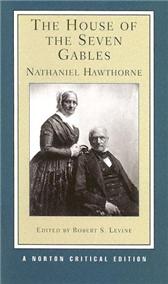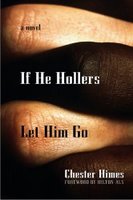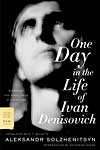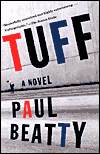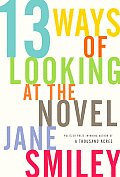Beth Quitmann over at the
"Book of the Day" blog is unhappy with the results of
the New York Times' attempt at naming the best work of American fiction of the last 25 years. I'm partly sympathetic with her discontent and I certainly support
the attempt at creating an alternative list.

After a little throat-clearing I'll propose my own nominee for that alternative list.
I'm
on the record with provisional support for contests that encourage readers to talk about books. One problem with the
Times contest, however, is that there's no prize to go with their "contest." Sure, it's great to stimulate discussion and I hope a few readers will pick up a book that they've not yet read, but if the
Times is going to subject art to this kind of competition there ought to be a prize for the winner. A cash prize.
Moreover, the
Times' methodology is unsatisfying. Toni Morrison's
Beloved received an impressive 15 out of 125 votes. But I wonder if
Beloved may have been the enthusiastic pick of, say, fifteen voters but not even in the top ten of most of the others. Perhaps the results would have been more interesting if each voter were allowed to rank her top five or ten choices and points were assigned accordingly.
Anyway.... I've read more than half of the books identified by the
Times' voters and do not take serious issue with any of the titles identified. (OK, one demurral:
A Confederacy of Dunces is an exceptional comic novel but it is not even
the best Louisiana novel published in the last 25 years.)
Beloved may or may not have been my pick for #1 but it certainly deserves to be in that conversation.
Stephen Metcalf's endorsement is a must-read for any doubters.
Cormac McCarthy's
Blood Meridian also garnered multiple votes and might have been my choice.
Don Graham wrote of it:
McCarthy places too many demands on readers, both in terms of style and content, for the book to seize the collective imagination of [most Texans]. But it is an absolutely great novel, in the same league, some critics believe (vide Harold Bloom), as the best of Melville and Faulkner. There is nothing quite like it in post-WWII American fiction.
Beloved poses that kind of challenge-and reward--to its readers.
There are a few titles which were not mentioned but that I might include in my top ten. Joyce Carol Oates'
We Were the Mulvaneys, Jane Smiley's
A Thousand Acres, Ann Patchett's
Bel Canto are just a few titles that, for me, belong in the league of those
Updike and
Roth books (some of my favorite novels) which were mentioned.
But those novels may be too much like the ones that the
Times mentioned to satisfy an alternative list.
So, with the huge proviso that there may well be four or five titles that I can't think of now, I propose...James Ellroy's
American Tabloid. It was
my favorite American novel of 1995 and a book I've re-read a couple of times and look forward to reading again.
Like
Beloved and
Blood Meridian it is a triumph of style as well as substance and it's not easy to put down or to forget. It's a big book with a big theme. Unlike those other titles, it can be enjoyed by readers who are not interested in a challenge as well as the discerning reader. And, for those readers who do like to see a writer putting it all on the page,
American Tabloid should not disappoint.
Anyway, that's my story and I'm sticking to it (at least until I remember a great American novel that has unaccountably--and hopefully only temporarily--slipped my memory).
Janet Maslin of the
New York Times didn't like the book as much as I do: read her 1995 review
here.
Meghan O'Rourke,
Slate's culture editor, has
some interesting thoughts on the
Times list.
And don't forget to check in with
"Book of the Day" later this month to see how its alternative list of great American novels turns out.
--Marshal Zeringue


















